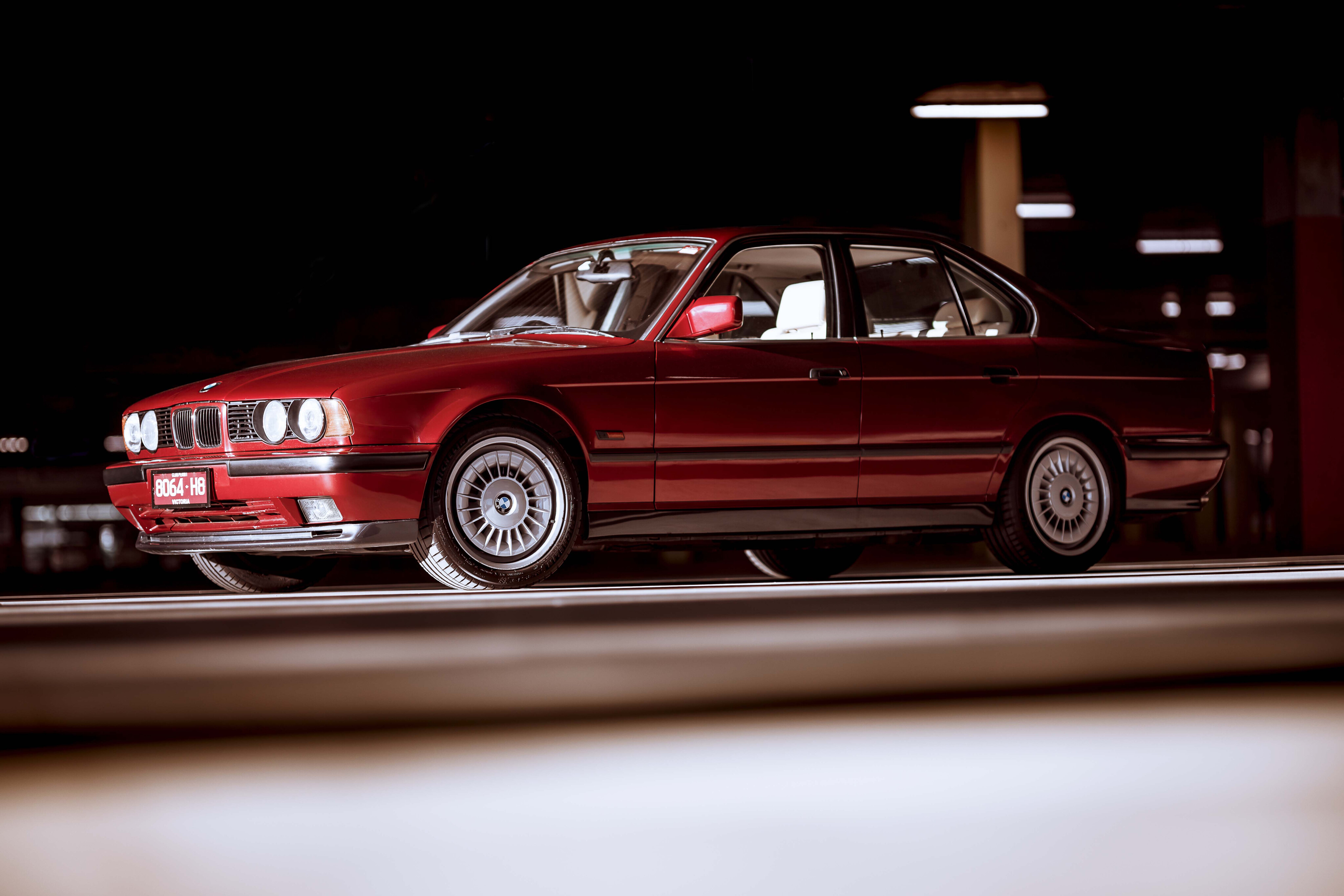
When it comes to classic cars, time is a distinctly mutable concept. Let me explain.
There are some cars whereby the passing of time has a burnishing effect. It polishes away the rough edges, leaving a perception of something jewel-like and precious.
The opposite also happens. We can all name those cars that have suffered at the hands of time – rendered haggard and obsolete. The magic happens when classics transform from timeworn to treasured. BMW’s E34 M5 is currently enjoying this marvellous metamorphosis.

In truth, the E34 has never been the most storied M5 generation, falling between the founder appeal of the E28 and the extremity of the V8 E39 – the last of the line with a manual gearbox.
In many regards, the E34 was a transitional M car. It was the last to be handbuilt in Garching – on Daimlerstrasse, by way of irony – and when production eventually ended in 1995, it wasn’t replaced for another three years. Bizarrely, the E34 is the only M5 that was ever replaced by an M3.
The E36 M3 sedan was introduced in late 1994 to fill the three-year void before the E39 M5 was launched in 1998.
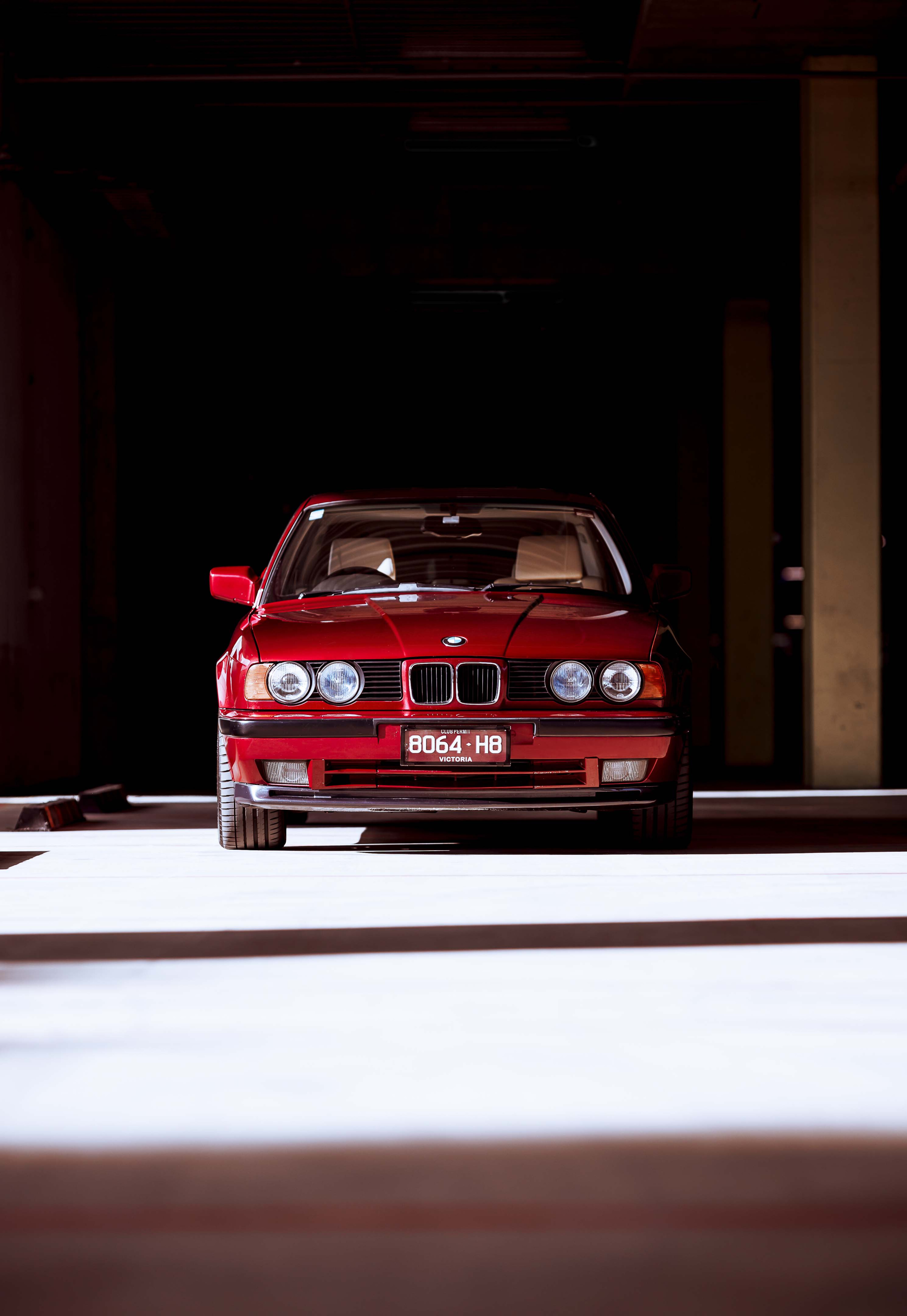
In truth, the E34 M5 always had a task ahead of it. After all, the E28 body that came before it wasn’t exactly the freshest face on the block, itself a Claus Luthe makeover of Paul Bracq’s E12, which first appeared in 1972.
Luthe was the man tasked with overseeing the development of the E34, the first all-new 5 Series in 15 years. His brief was to mirror the family look of the E32 7 Series, and the initial sketches were the work of Ercole Spada – the mercurial Italian who was previously chief of design at Zagato.
Spada’s time at BMW was punctuated by disagreements with Luthe. As he noted in the book ‘Spada. The long story of a short tail’ by Bart Lenaerts: “Most of my designs were disapproved of at first. But then, after some time, they start to see the beauty of it. And years later they are big fans.”
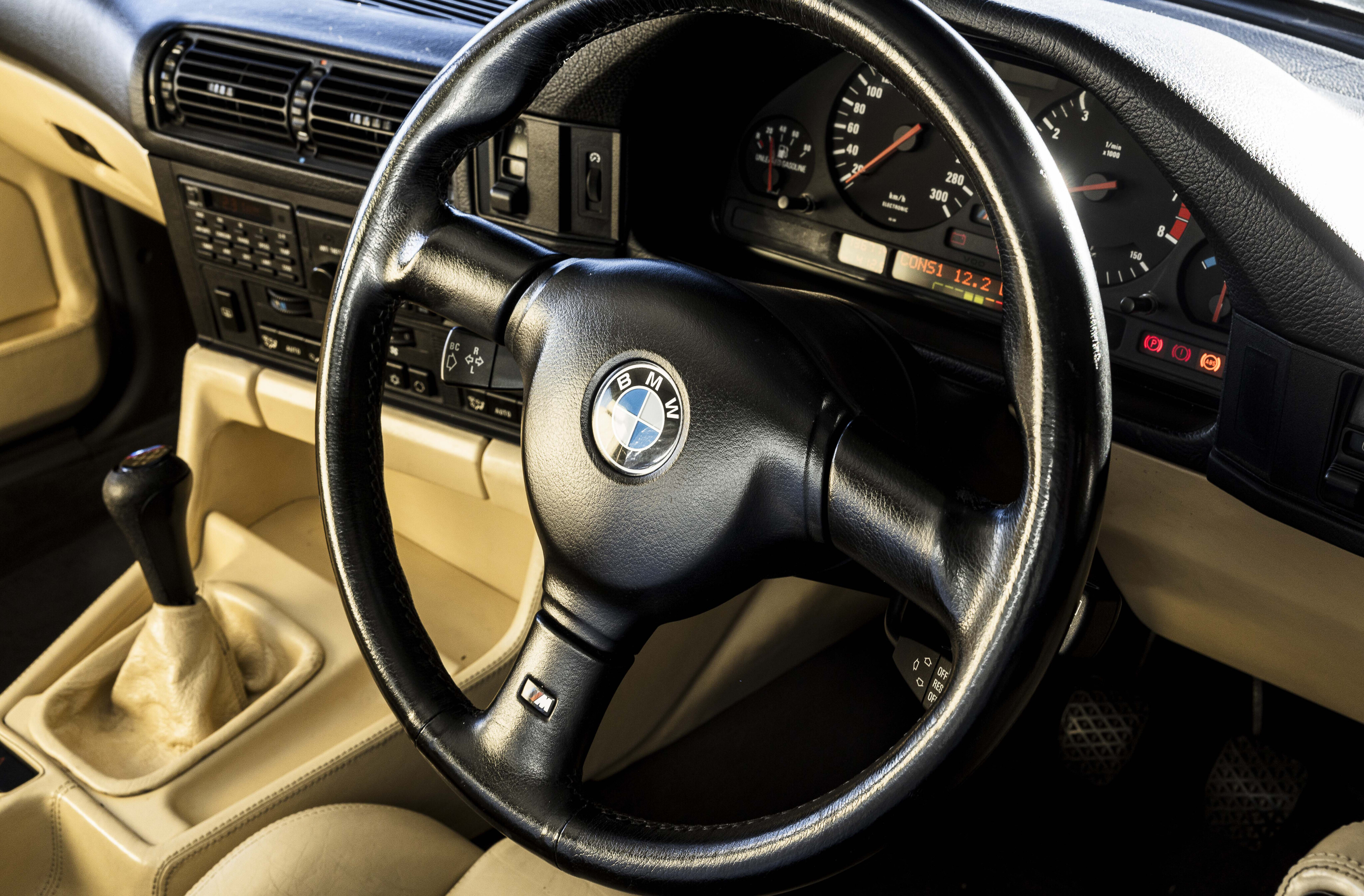
The project work on the E34 required a fundamentally different method of design to that which Spada had grown up with in the 1960s.
“It was completely different. We had a real design studio, we had more time, more possibilities, and the biggest change for me was that we had a wind tunnel to test our aerodynamic choices.”
Indeed, aero work was a big priority for this body. Audi had shown with the 1982 C3 100 that a low drag factor had become a way of keeping score, of enumerating the skill of your exterior design team.
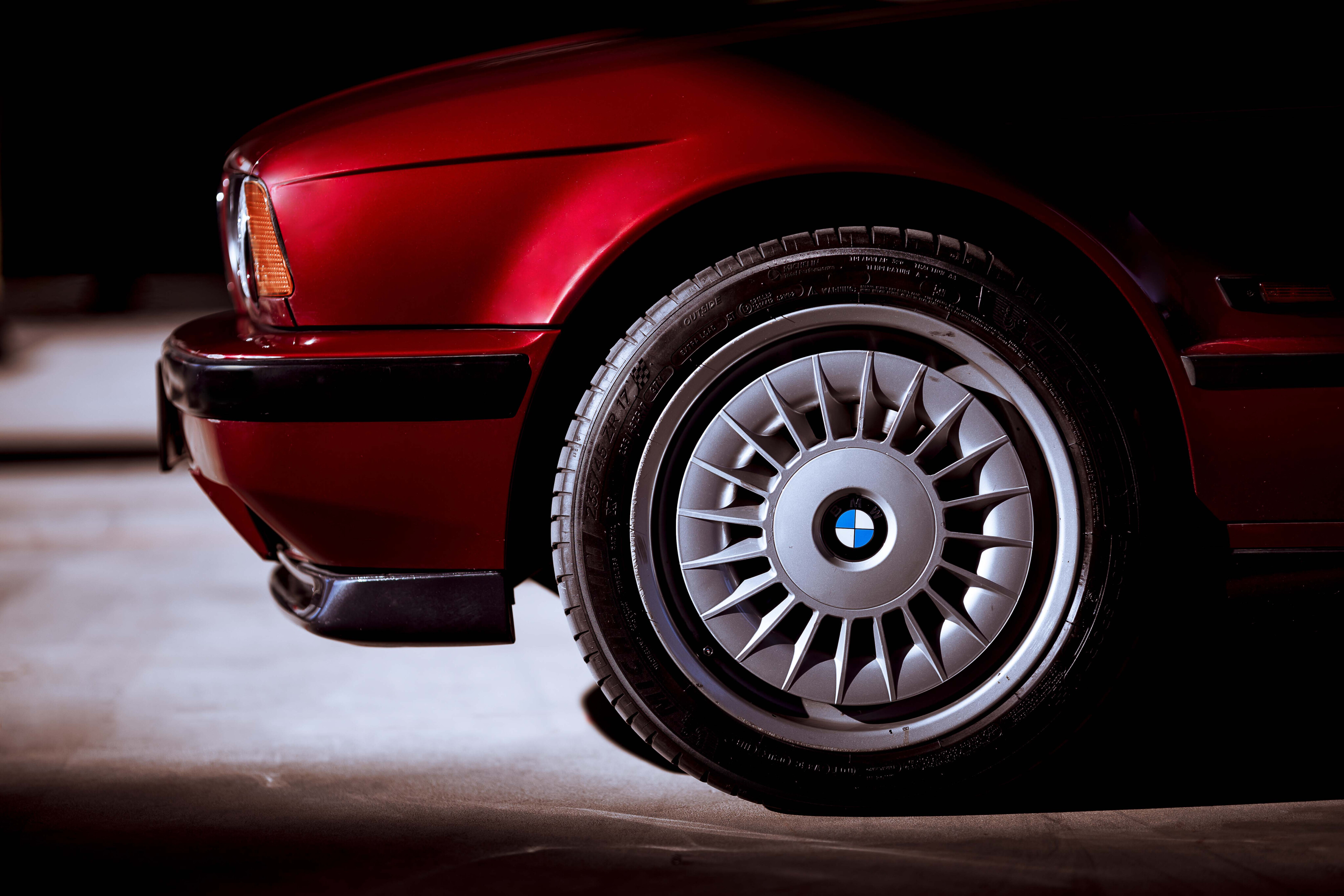
When Ercoli left BMW in 1983 with the E34 project still requiring finalisation, Luthe drafted in Audi man J. Mays to work up the detailing in a career break from Ingolstadt, where he subsequently returned to pen the C4 100.
Unlike many BMW models where the mainstream versions are announced some years before an M variant arrives to reignite interest, the M5 was an integral part of the initial E34 5 Series line-up, sitting in the 1988 cohort alongside the 520i, 525i, 530i and 535i petrol variants, and the 524td diesel.
Power came courtesy of the 3535cc ‘S38B36’ powerplant, often referred to as a 3.6-litre, more correctly termed a 3.5. This was a bored and stroked version of the E28 M5’s S38B35 unit (swept capacity 3453cc) – BMW naughtily dubbing the larger-capacity engine a 3.6 in order to create some sort of easily understood distinction.
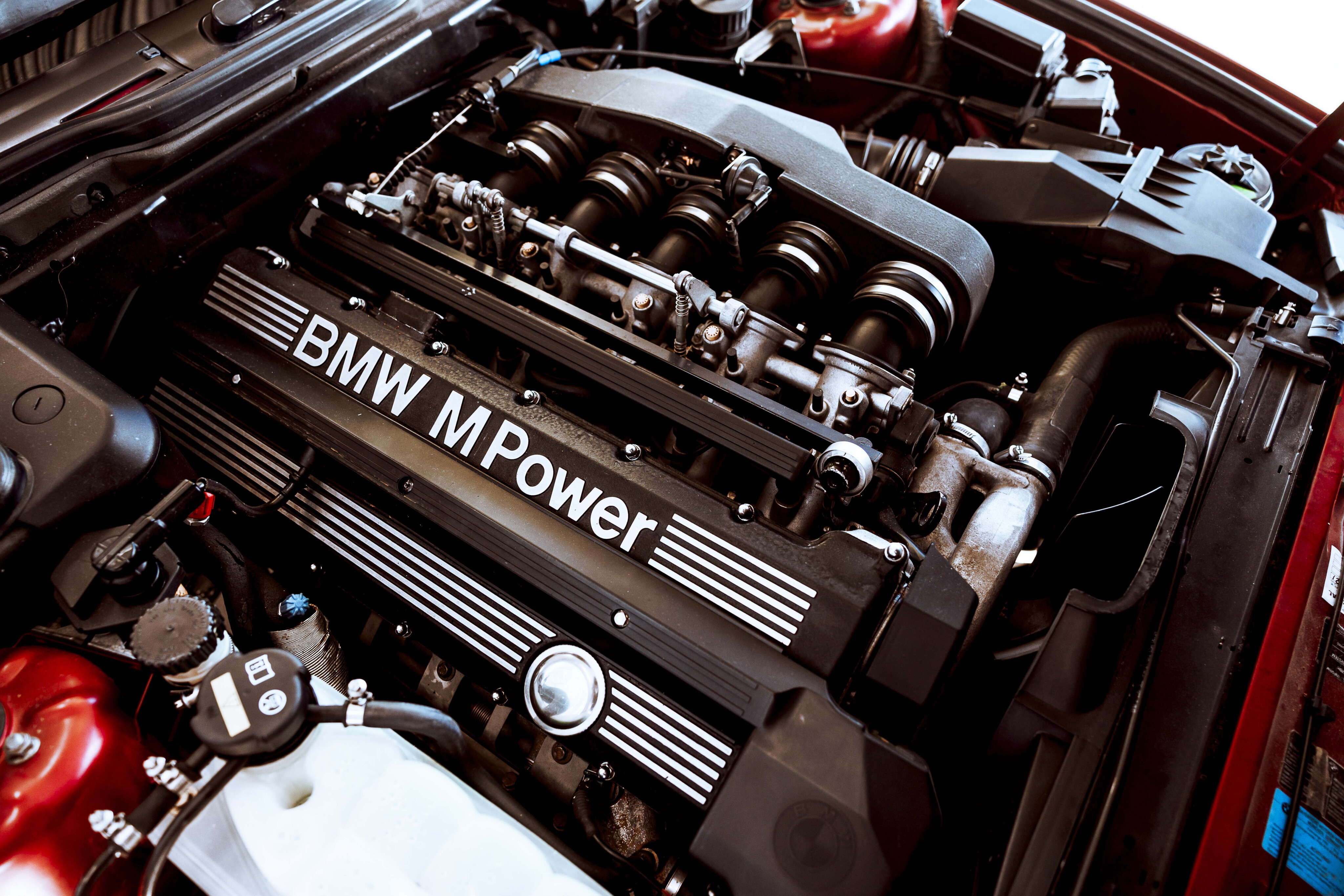
Aside from the capacity increase, the engine also featured a new forged steel crank, revised camshafts, a higher compression ratio, a clever variable-length intake manifold, Bosch Motronic engine management, and equal-length stainless steel exhaust headers.
The result was a hearty 232kW at 6900rpm and 360Nm at 4750rpm. The weight was 1670kg, the drag coefficient a barely credible 0.32, and there was near neutral axle lift at top speed.
This was an engine the likes of which we’d never seen before. The variable intake runners were a novel solution to broadening the torque curve and resulted in a powerplant that generated better than 80 percent of peak torque at any engine speed over 2900rpm.
Zero to 100km/h was quoted at 6.3 seconds and the top speed was limited to 250km/h. Wheels verified this in a test at Lang Lang where the car accelerated smartly to 250.2km/h and remained there, solid as a rock, on the banked circuit.
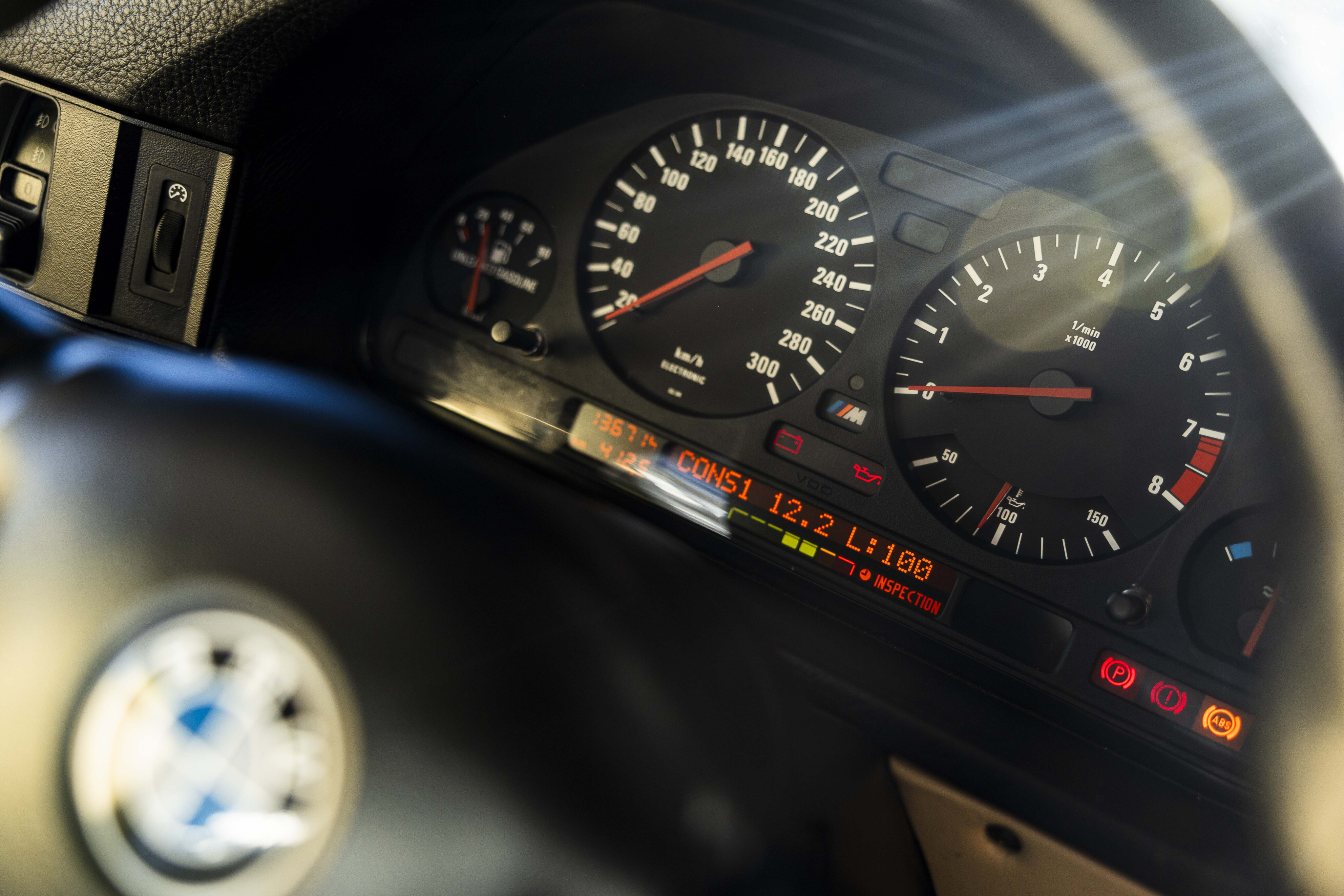
It’s Phil Scott’s initial overseas drive, however, that clued us in to the fact that this could well be a new benchmark in the super-sedan sector.
“Below 3500 revs it had been quiet – docile even – and surprisingly tractable, pulling away cleanly in fifth from way down l-o-w-w,” Scott noted. “Beyond 4000, and all the way to the 7200rpm redline lies the motherlode – a broad, deep seam of weapons-grade torque.
Accessing it is as simple as flexing the right ankle. As the revs rise, so does a smooth surge of power. And with it, the aural accompaniment. At 4500 revs it is a sweet growl, at 6000 a delicious, mechanical aria. Big chested. Turbine-smooth.
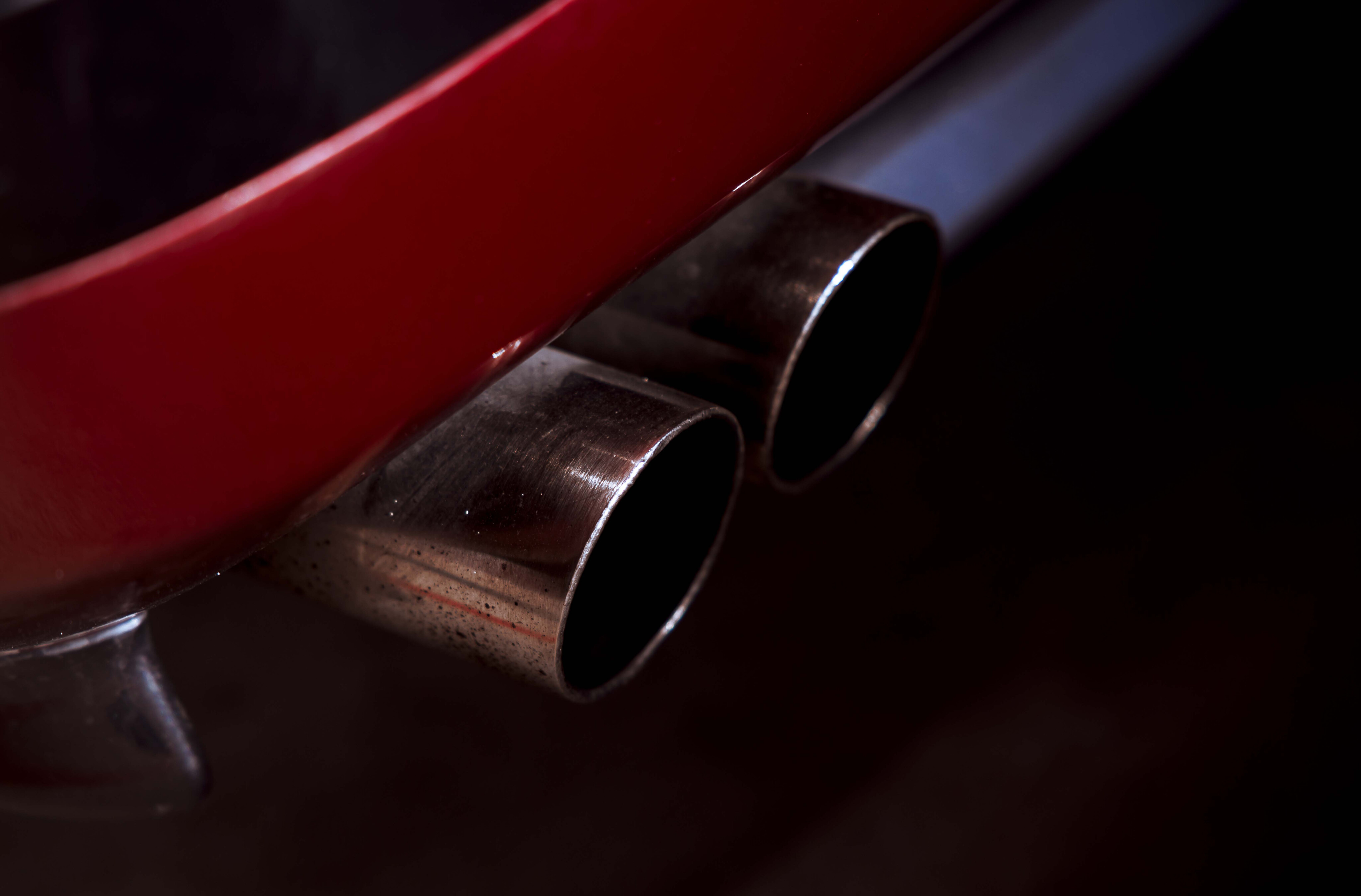
Overlayed with a musical, harmonic edge that cannot be conveyed on paper. A Ferrari V12 sounds better, but not a whole lot better.”
When it arrived in Australia, we were intrigued to discover how the (then) $168,900 M5 would handle the $60,000 VN Commodore Group A.
One of only 60 cars earmarked for Australia, the M5 was clearly leveraging a technical advantage, its engine generating 64.5kW per litre – at the time the highest specific output of any normally-aspirated engine in the world. The Holden’s pushrod, two-valve-per-cylinder V8? A mere 43kW per litre.
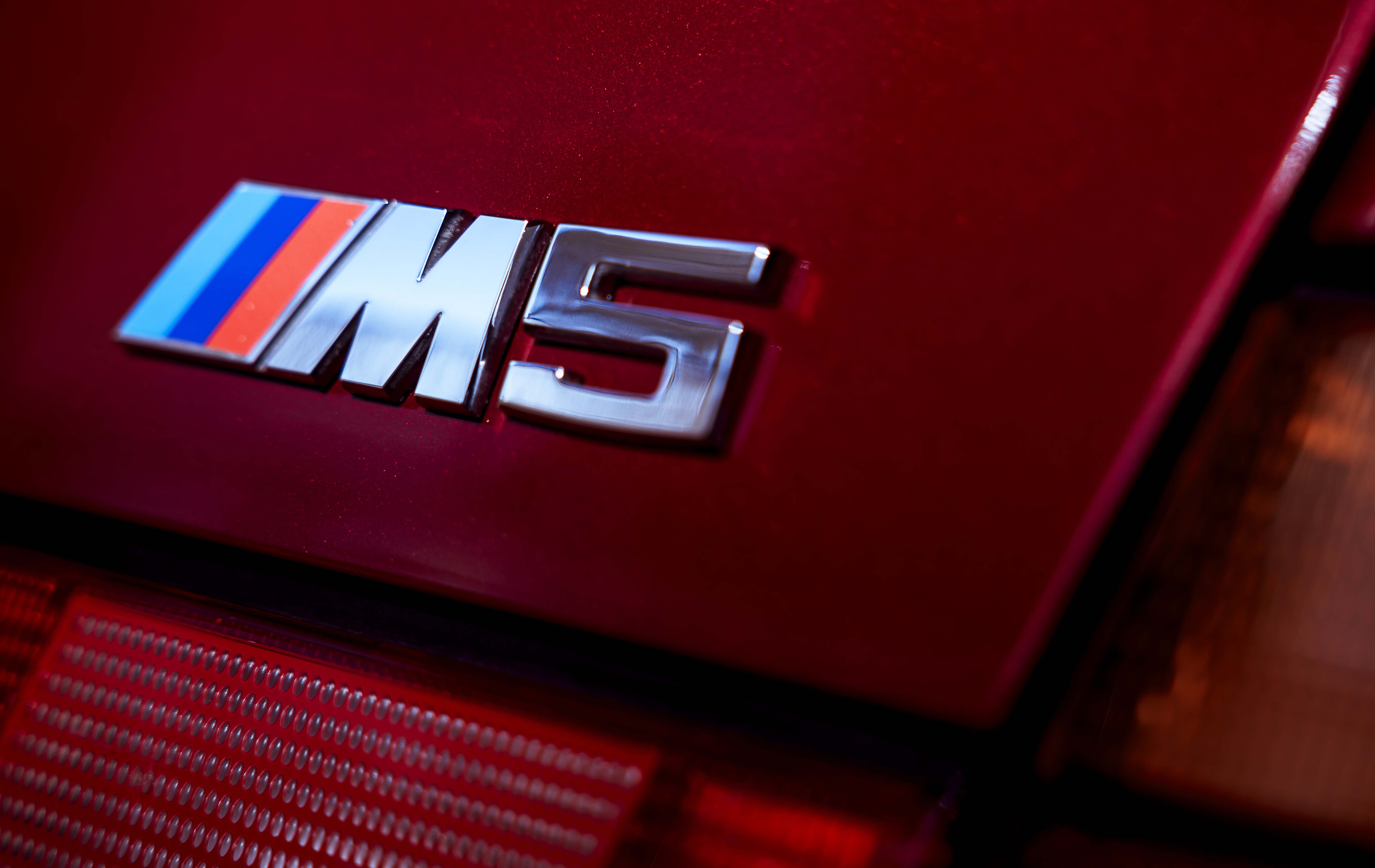
It wasn’t so much the engine that handicapped the Group A SS – more the suspension.
That live rear axle was a throwback to Holden’s exploits at Mount Panorama and meant that the Australian car couldn’t level with the M5’s composure on typical Aussie B-roads. Technology had marched beyond the big-hearted Holden.
BMW could have rested on its laurels with the M5, but Garching had its hand forced. In 1989, it had discovered that Mercedes-Benz was delivering W124 E-Class bodies to Porsche’s Rössle-Bau skunkworks, the manufacturing facility previously idled after 959 production had come to a halt. Porsche was helping build the 500E – an autobahn stormer powered by a 240kW/480Nm all-aluminium M119 V8.
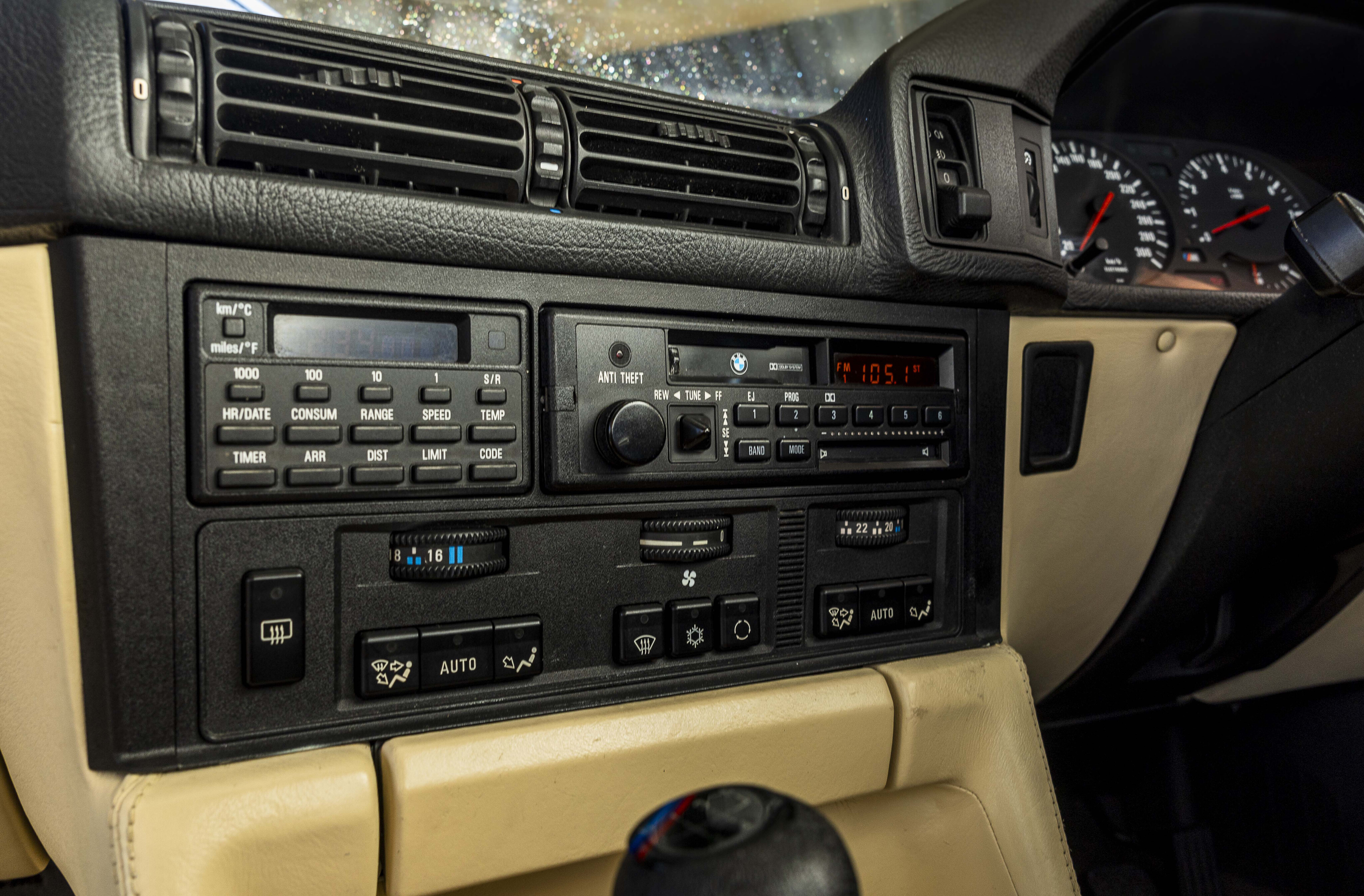
While it would pip the M5 by a mere 8kW, torque was a massive 120Nm higher. Small wonder the 500E was, for a while, the weapon of choice for off-duty F1 drivers of the day.
Never mind that the ridiculously complex build process of the 500E – a car with wheelarch flares so wide it couldn’t fit down Mercedes-Benz’s production line – meant that it cost 35 percent more than the M5.
The monster Merc was also geared to hit redline at its 250km/h limiter (whereas the M5 was not) and this short gearing not only meant catastrophic fuel economy, but acceleration that would leave the BMW trailing. It would hit 100km/h in 5.5 seconds compared to 6.3 for the M5.
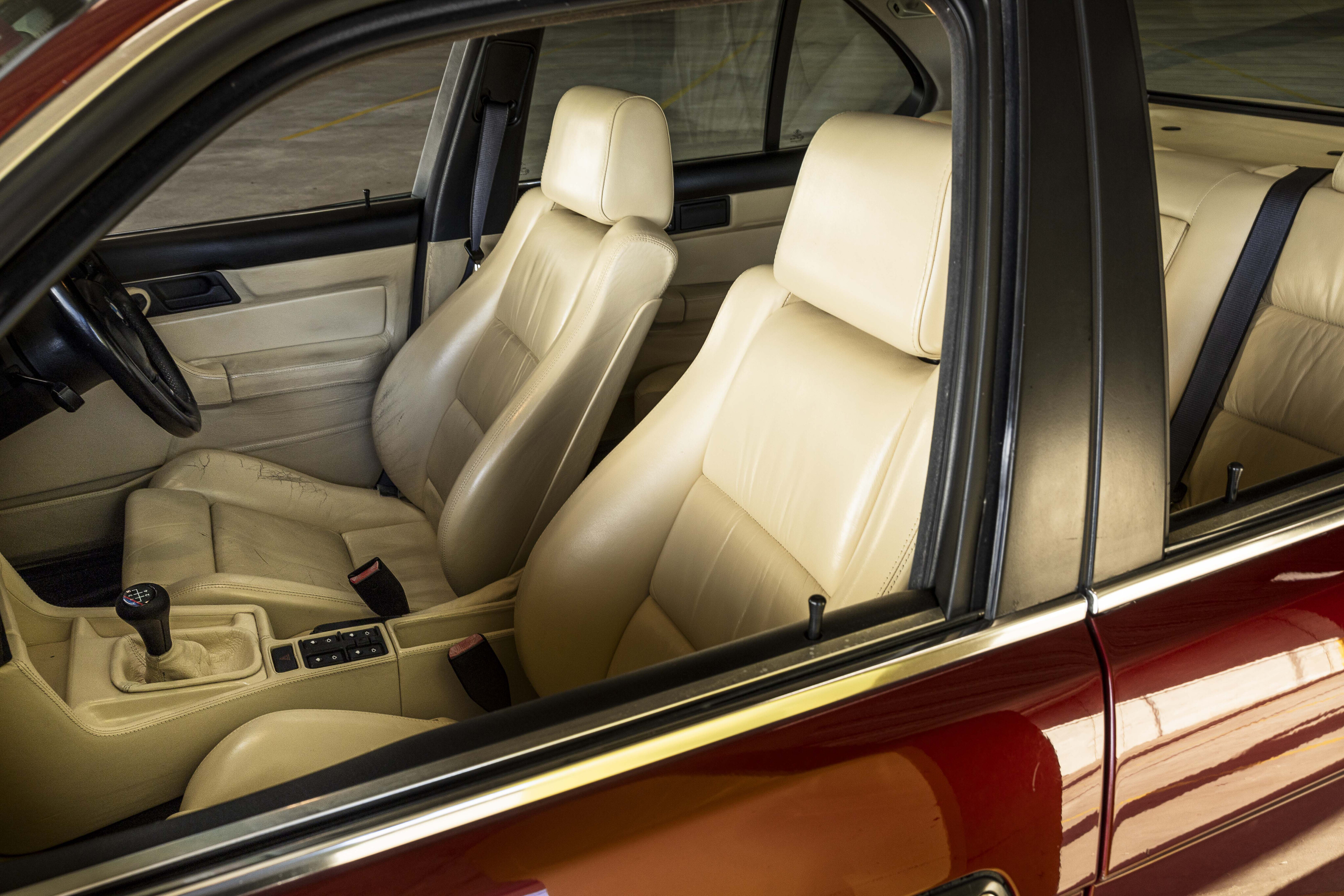
Suddenly BMW’s previously all-conquering super-sedan was looking like the penultimate driving machine.
The response came in May of 1991, when BMW unveiled the S38B38 engine. In this application, the bore was increased to 94.6mm and the stroke lengthened to 90mm, raising the displacement to 3795cc.
The largest capacity six-cylinder engine of BMW’s modern era, this powerplant also received larger intake and exhaust valves, shorter conrods, bigger throttle bodies, higher compression, a dual-mass flywheel, redesigned intake and exhaust manifolds, and smarter Motronic software.

The result was 250kW – enough to better the 500E, even if the BMW’s 400Nm torque figure couldn’t level with the big capacity Benz. BMW also introduced a limited run (891 units) of left-hand-drive Touring wagons.
Beneath the updated M5, the old self-levelling suspension (SLS) system was replaced by the far more effective Electronic Damper Control (EDCIII+).
BMW also offered a Nürburgring Package, which comprised ZF Servotronic vehicle-speed-sensitive power steering, thicker rear anti-roll bars (19mm on sedans, 20mm on Tourings), wider 17x9-inch alloy wheels with 255/40ZR17 rear tyres, and a control switch for the Adaptive M Suspension, allowing the EDC shocks to be locked into their firmest position.
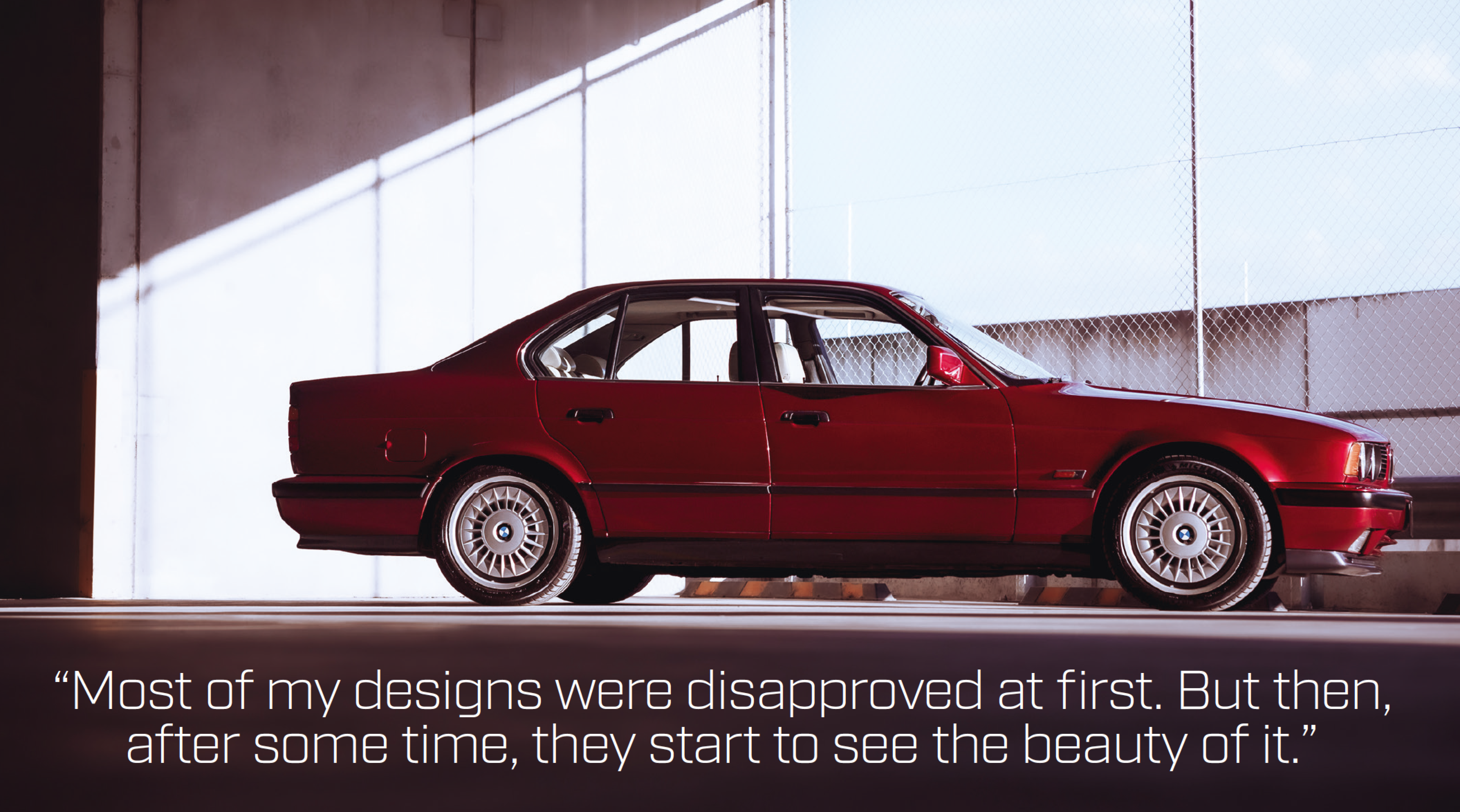
Other updates? Gone were the oddball ‘turbine’ vented magnesium wheel covers, known internally as M System I, replaced by the M System II or ‘throwing star’ covers.
Beneath both trims sat a forged, black, five-spoke 17-inch alloy wheel and therefore the aesthetic is interchangeable. Your mileage will vary on which looks best.
Even though the 3.8-litre M5 wasn’t officially imported to Australia, it didn’t stop the car making an impact locally. It appeared at the 1992 Bathurst 12 Hour, placing second overall and first in its class, piloted by former F1 champion Alan Jones, Ateco boss Neville Crichton, and BMW Touring car racer Tony Longhurst.
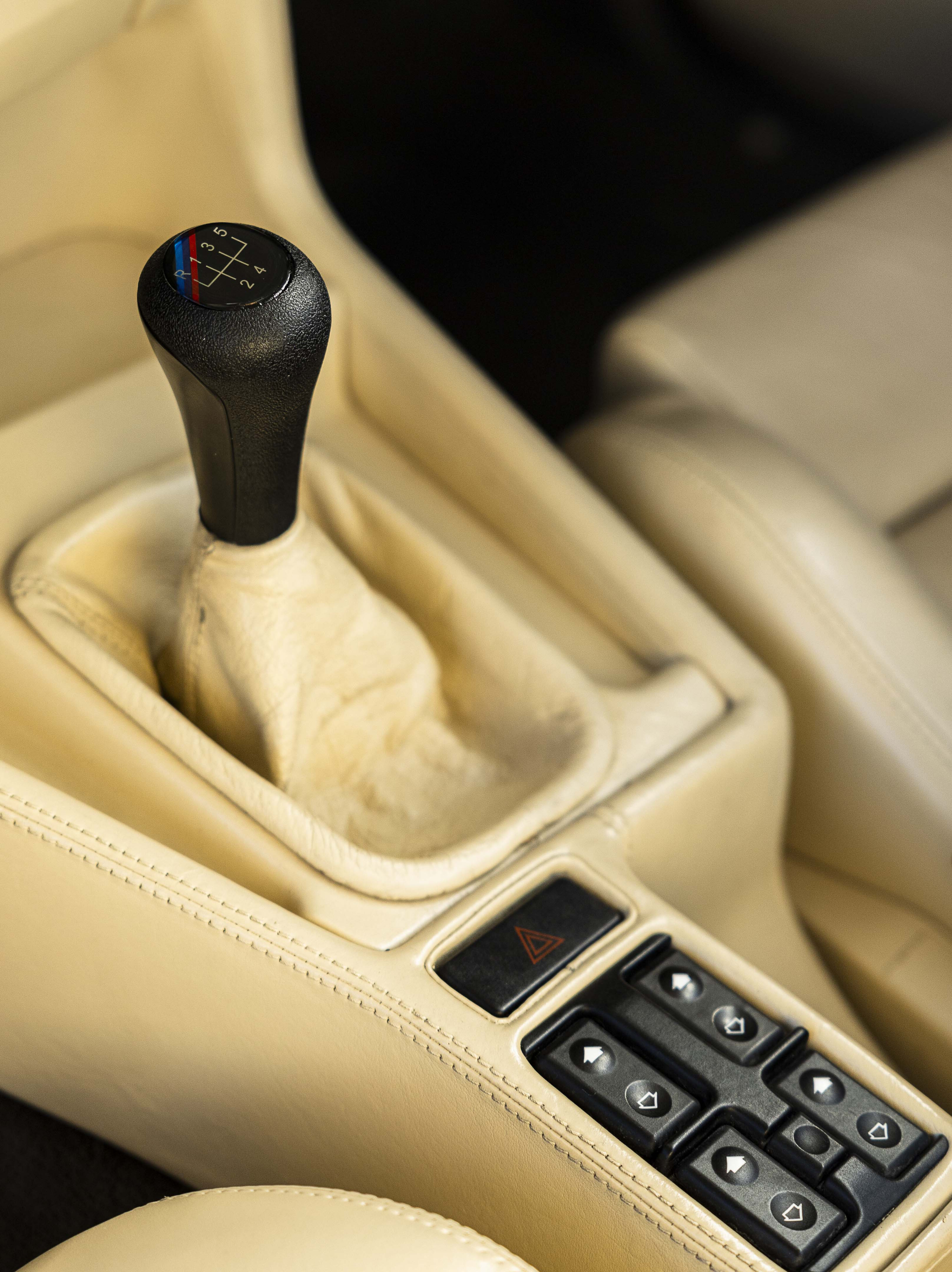
In May 1994, BMW also introduced the 18-inch M Parallel Spoke wheels which perhaps look a little too modern for the E34 shape.
The 1994 update also saw the introduction of the Getrag 420G six-speed manual transmission to replace the old five-speed. The Nürburgring package was discontinued with the introduction of the six-speed E34 M5, which assumed many of its features into standard trim.
With Mercedes killing off the 500E in 1995, BMW looked to have emerged victorious in the German battle for supremacy. The incoming W210 E-Class had the stop-gap 206kW E36 AMG as its performance flagship, as Affalterbach readied the formidable 260kW E55 AMG V8 – a car that wouldn’t see showrooms until 1998.
The final E34 M5 rolled from the Garching plant in August 1995; the last handbuilt M5, the last M5 before in-dash screens became a thing, the last M5 with a straight-six, the last M5 whose engine could trace its roots back to the M88 powerplant in the OG M1, and therefore the last M5 that has some claim on motorsports heritage.

Today, the E34 M5 seems almost dainty. It’s dwarfed by a current 3 Series sedan. Its tiny key with inbuilt torch to help you locate the keyhole in the dark seems impossibly quaint.
Yet the mechanical fundamentals are, for the most part, conceptually durable. Time has seen this car slide effortlessly from faded champ to modern classic. We knew what came next in the M5’s lineage. Some of it was great, some of it not so much. But time has also afforded us some perspective on where the E34 M5 sits in the canon of great M cars.
It’s right up there. Neglected for too long, this is one to track down. Only 12,200 were constructed across a seven-year period and I’d be prepared to wager that less than half that number survive to this day. Look after them. Time will reward you.
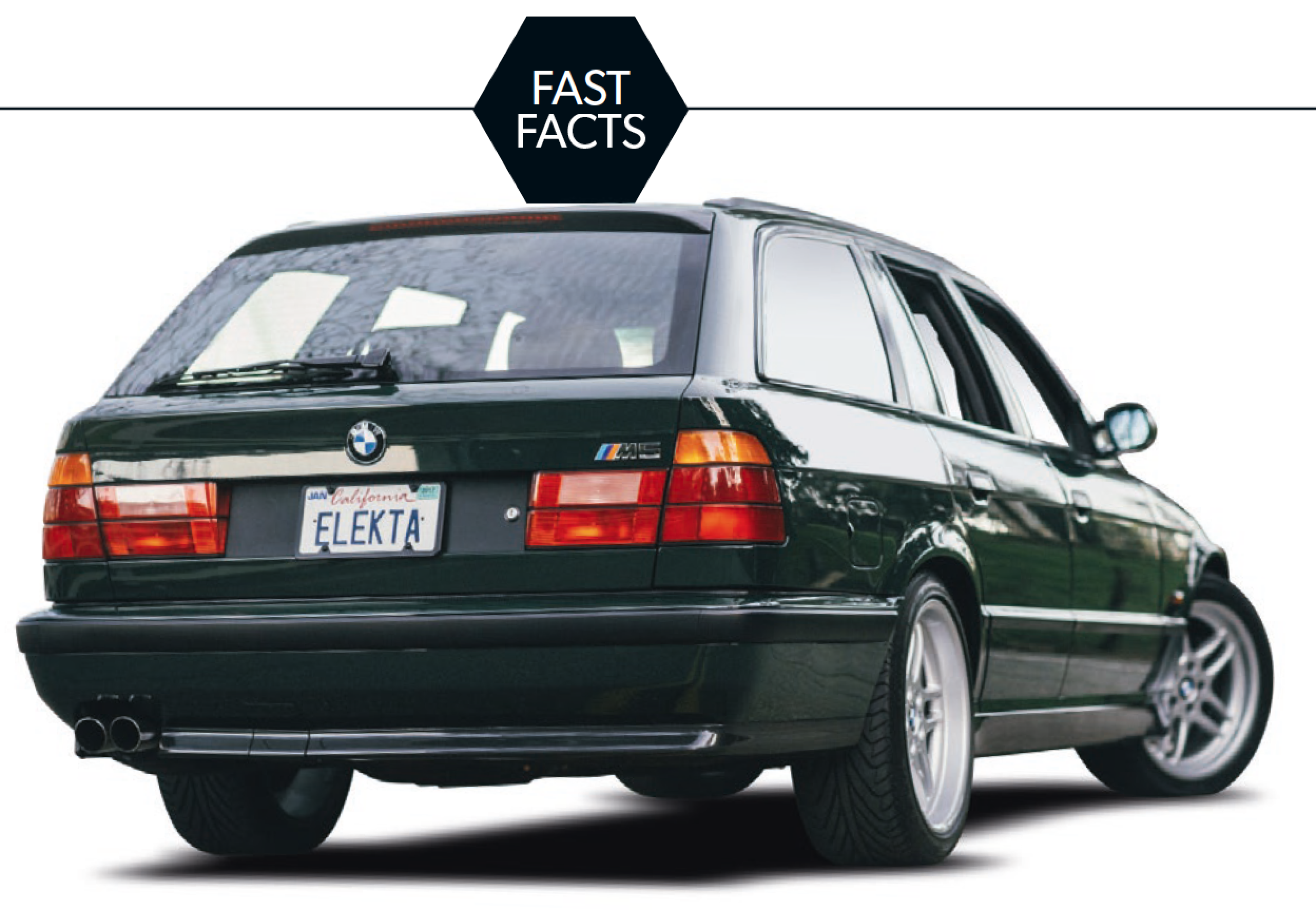
BMW only built 891 E34 M5 Tourings, of which a mere 209 featured the later 3.8-litre lump. If you want something genuinely exclusive, how about one of the 20 Elekta specials editions?
Commissioned by Italian dealers, 10 Elektas are Sterling Silver, the other 10 BRG. Nobody knows how many have survived, and they feature shadowline window trim, roof rails, dual power sunroofs, and headlight washers.
There’s a numbered gearknob that drives the six-speed ’box and standard LSD.
| BMW E34 M5 specifications | |
|---|---|
| Engine | 3535cc 6cyl, dohc, 24v |
| Max power | 232kW @ 6900rpm |
| Max torque | 360Nm @ 4750rpm |
| Transmission | 5-speed manual |
| Weight | 1670kg |
| 0-100km/h | 6.3sec (claimed) |
| Price (now) | from AUD $60K |



COMMENTS